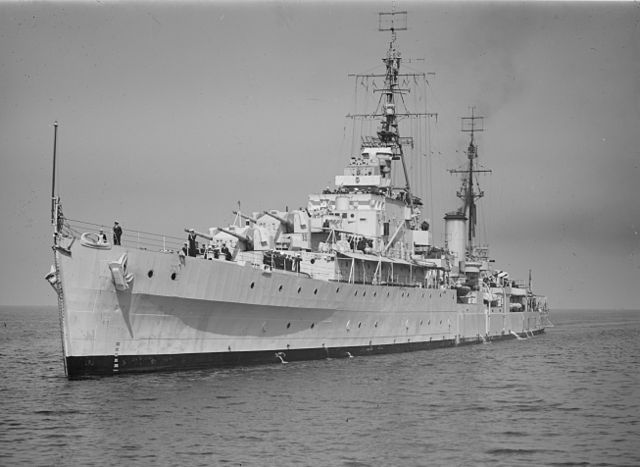1947 Royal New Zealand Navy mutinies
During April 1947, the Royal New Zealand Navy (RNZN) experienced a series of non-violent mutinies amongst the enlisted sailors of four ships and two shore bases. Over 20% of the RNZN's enlisted personnel were punished or discharged for their involvement. The main cause was the poor rates of pay compared to the rest of the New Zealand Defence Force and equivalent civilian wages, exacerbated by the release of a long overdue government review which failed to address the issue. Sailors saw the new pay rates as still inferior to the other branches of the military, with the increases being consumed by taxes, inflation, and the cancellation of allowances and benefits. The poor living and working conditions aboard RNZN ships was another issue, compounded by sailors having no effective way to make dissatisfaction known to the higher ranks. Dissatisfaction with peacetime duties and opportunities also contributed, with many sailors locked into enlistment periods of up to 12 years, and demobilisation efforts prioritising those enlisted specifically for the duration of World War II.

Black Prince in 1944, during the ship's earlier Royal Navy career
HMNZS Arbutus in 1943
Bellona in Australian waters in 1947, shortly before the mutiny aboard
The Royal New Zealand Navy is the maritime arm of the New Zealand Defence Force. The fleet currently consists of nine ships. The Navy had its origins in the Naval Defence Act 1913, and the subsequent purchase of the cruiser HMS Philomel, which by 1921 had been moored in Auckland as a training ship. A slow buildup occurred during the interwar period, and then perhaps the infant Navy's most notable event occurred when HMS Achilles fought alongside two other Royal Navy cruisers at the Battle of the River Plate against the German ship, Graf Spee, in December 1939.
Badge of the Royal New Zealand Navy
HMNZS Leander and USS St. Louis fire on Jintsu
HMNZS Achilles
HMNZS Royalist in Waitemata Harbour, 1956







